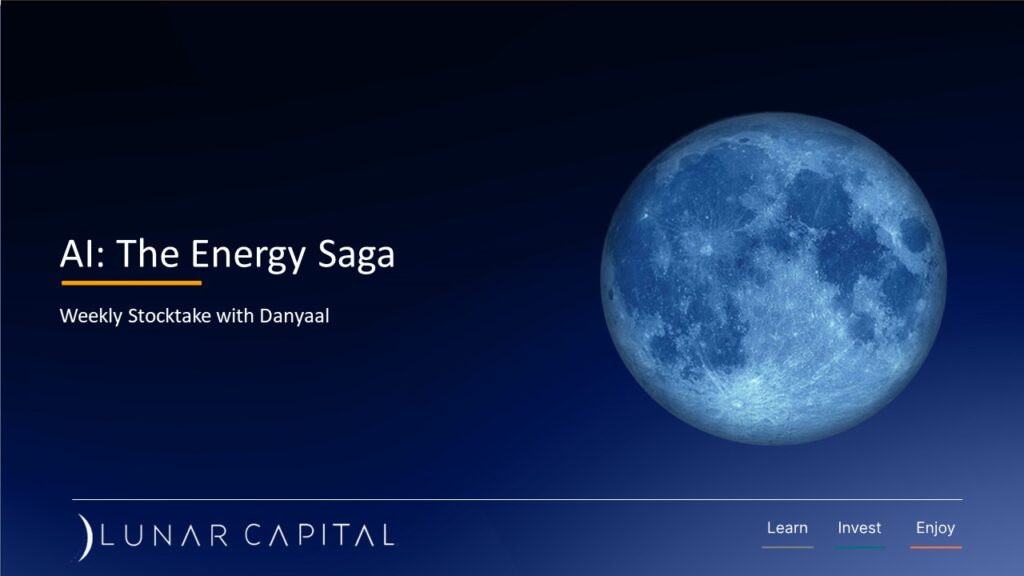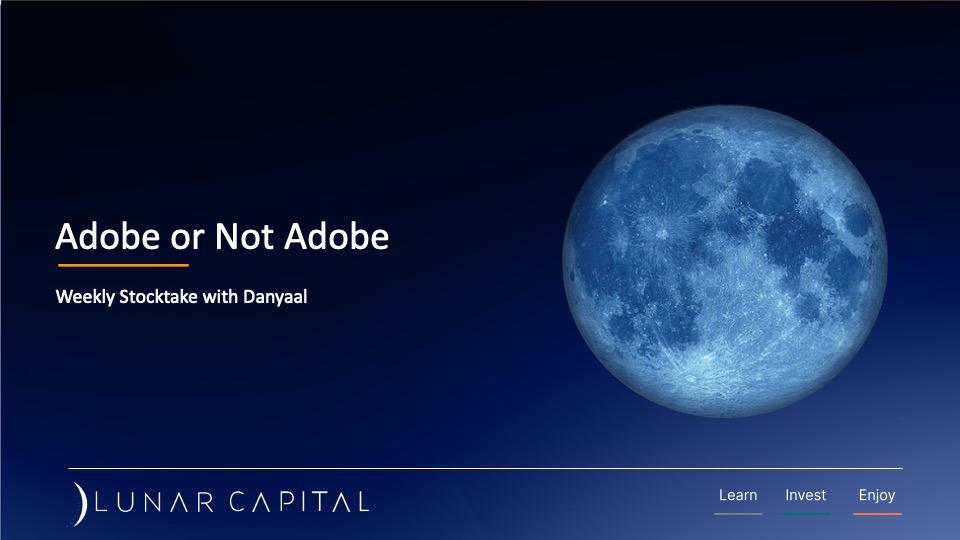Snowflake Melting?

What is one of the big risks small companies face when trying to scale?
Moving ON

Traversing the athleisure landscape, how is ON Holdings doing it?
Weighing In

How dominant is Novo Nordisk and Eli Lilly’s position in the pharmaceutical industry?
Big Tech, Big Spend, Big Question

What are the concerns about Big Tech spending so much?
Spotlight on Spotify

A good product doesn’t always mean a good business. Read to find out why.
With a Side of Chips, Please

What was the story behind ASML and TSMC’s recent results.
JP Mor-Gains

How is JP Morgan navigating an increasingly complex environment.
AI: The Energy Saga

How are businesses dealing with AI’s increasing energy demand?
Nike Just Not Doing It

Find out how Nike have not been able to take advantage of the worlds latest trend.
Adobe or Not Adobe

How is Adobe navigating the new world?
